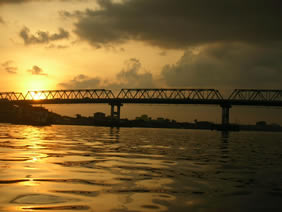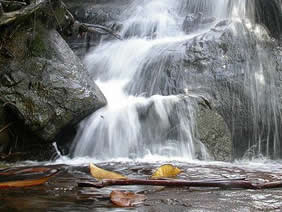West Kalimantan Province Film Services
Indonesia Fixer Production Film Services
Indonesia Archipelago
Indonesia Fixer Production Film Services
Generally, the mainland of the province was low-lying and has hundreds of rivers which are safe navigable, slightly hilly that extend from west to east along the Kapuas valley and Natuna Sea / Strait Karimata. Most of the land is swampy mix with peat and mangrove forests.
West Kalimantan traversed by the Equator (0 ° latitude) precisely in Pontianak city. Because of this condition has become one of the tropical regions with high temperatures and humidity.
This land area is flanked by two mountain ranges, namely, Mountains Kalingkang / Kapuas Hulu in the North and Schwaner Mountains in south side, along the border of Central Kalimantan.
Sambas - offer beautiful traditional handicraft products, and also some historical remains as the Sultan palace of the Sambas kingdom, which was built by the first ruler Sultan Muhammad Syaefuddin. Two cemeteries of the Sambas kingdom can be found at separated complexes. One of Sultan Abubakar and the other of Sultan Muhammad Syaefuddin. A bit out of Sambas town you can find Lake Sebedang which is Surrounded by beautiful green hills, the waterfall of Sanggau Ledo, better known as the Berasap waterfall.
The Chinese presence in the Putussibau region already started in the 14th century, when the Chinese came from China to search for valueble stones and set up a diamond mining company. The Stones and Diamonds were found in the mountain regions of Bengkayang, Lumar, and Batu, and along the Ambawang river, the Darit, the Landak and Ayak rivers, the Cempedak Tayan delta, the Tayan river, Kembayan, Timur Senaning till the upstream regions of the Kapuas river around Putussibau. The sites for panning diamonds are found along the Landak river, from Ngabang to the highlands, and around Sanggau.
Pontianak - was initially a sultanate, established half of the 18th century. The founder father of the sultanate was Syarif Abdurrahman, along the mouth of the Kapuas and Landak rivers.


